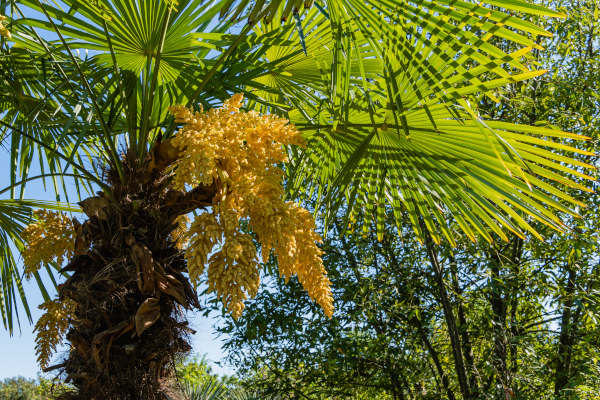How to grow Trachycarpus Forunei
More commonly known as the Windmill Palm or Chinese Windmill Palm due to its beautifully fanned fronds, Trachycarpus fortunei is one of the hardiest palms and is perfect for growing in UK conditions. Native to China, Japan and Myanmar, Trachycarpus fortunei has a reputation as a hardy, evergreen palm tree.
Trachycarpus fortunei has green, fan-shaped leaves and a tall trunk to add a tropical touch to any garden without the need for full sun. The fronds grow out in all directions, although the plant can be pruned to shape. Perfect for drought-resistant gardens, Trachycarpus fortune can grow 30cm in height each year, with an ultimate height of 400cm and a spread of 200cm once fully matured. You can also grow your Trachycarpus fortunei plant indoors in a container if desired.
Ready to experience the tropical touch? Find out everything you need to know about Trachycarpus fortunei below.
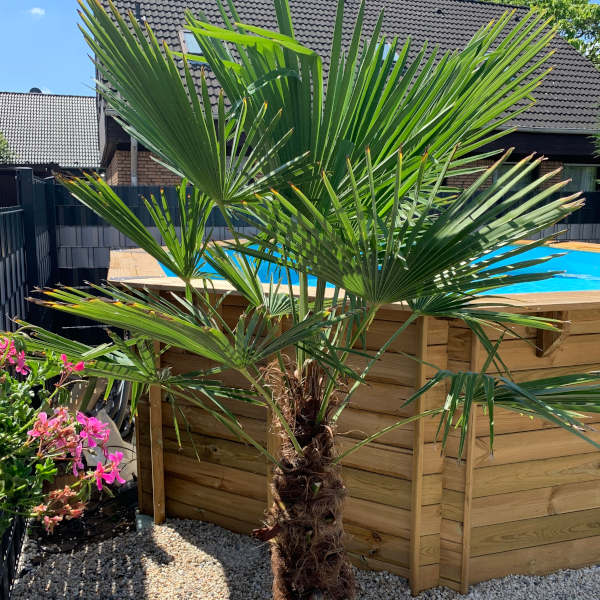
Key Information
Soil pH
Position
Hardiness

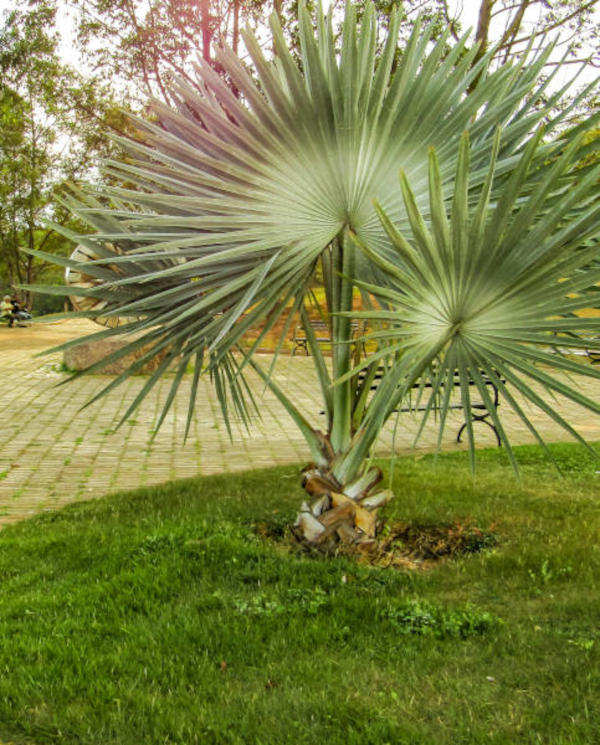
Where & when to plant Trachycarpus Fortunei
Position - Partial sun/Partial shade
Soil - Well-draining
Flowering Period - Summer
Hardiness - Hardy Perennial
The best position for Trachycarpus fortunei to grow is in partial shade and partial sun. Unfortunately, growing in full sun can lead to the growth of the plant being stunted and you will end up with a shorter palm if this happens. Ideally, this position will also be sheltered from strong winds. Plant in the spring or summer when soil temperatures are warmer.
How to plant Trachycarpus Fortunei
Find a position in your garden which benefits from both shade and sunlight. You will need well-draining soil so, if you do not have this, add some rough sand to the soil to create texture and help drainage
Dig a hole roughly 2-3 times the size of the root ball in your desired position
Add the root ball to the dug hole, covering it with 2-3cm of soil. Water in at this point
In the early stages of Trachycarpus fortunei growth, you will need to water several times a week to keep the soil moist. You can then reduce this as the plant establishes itself. Water well in warmer months.
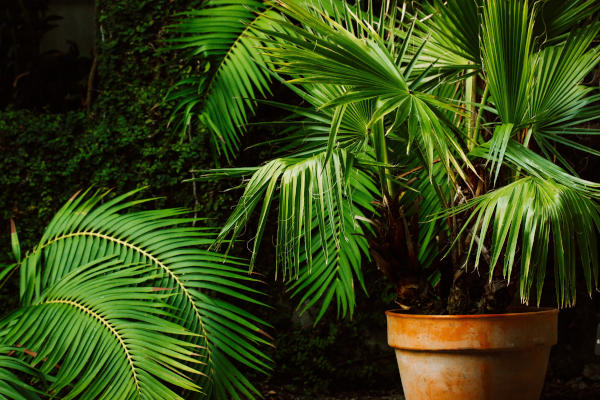
What to plant with Trachycarpus Fortunei
Dream of a corner of your garden transformed into an exotic paradise, bursting with life and colour. Growing tropical plants in the UK brings inimitable vibrancy, blending lush leaves with vivid, unique flora.
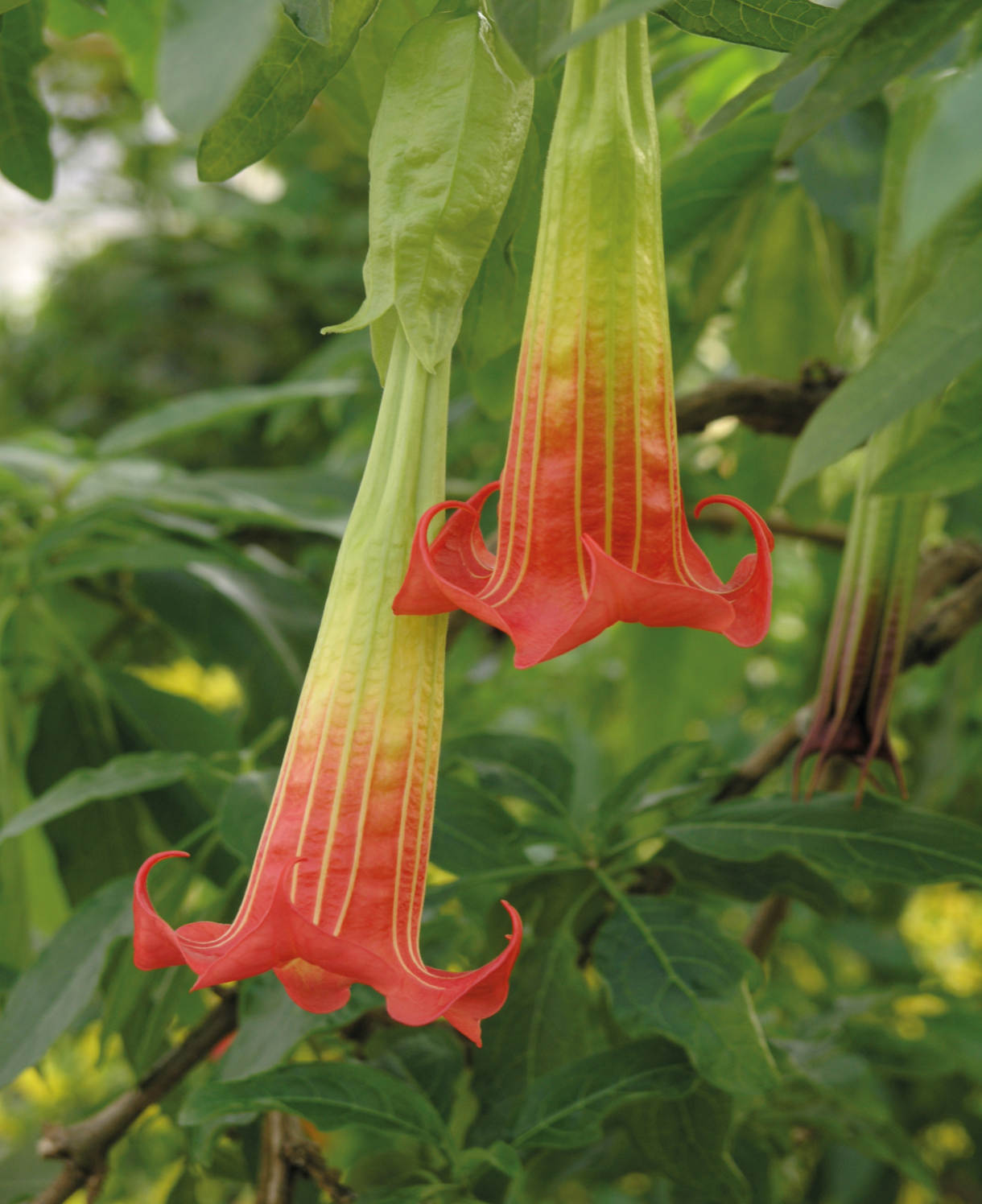
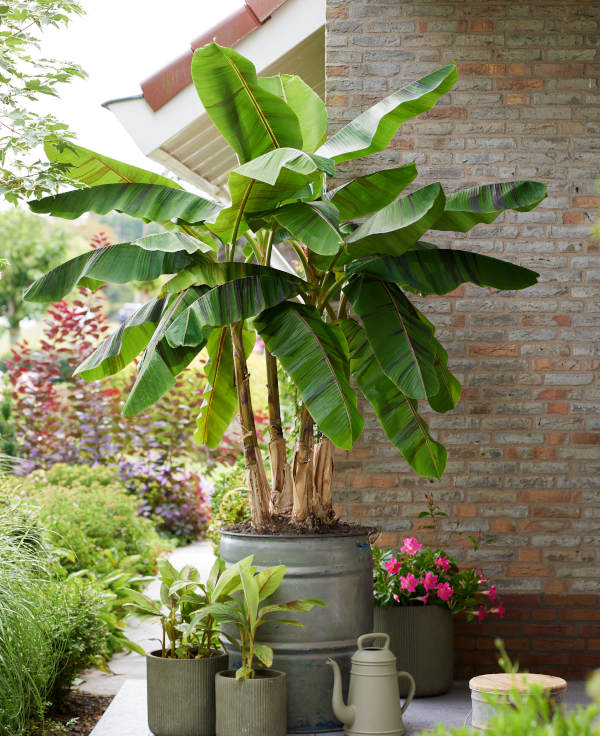
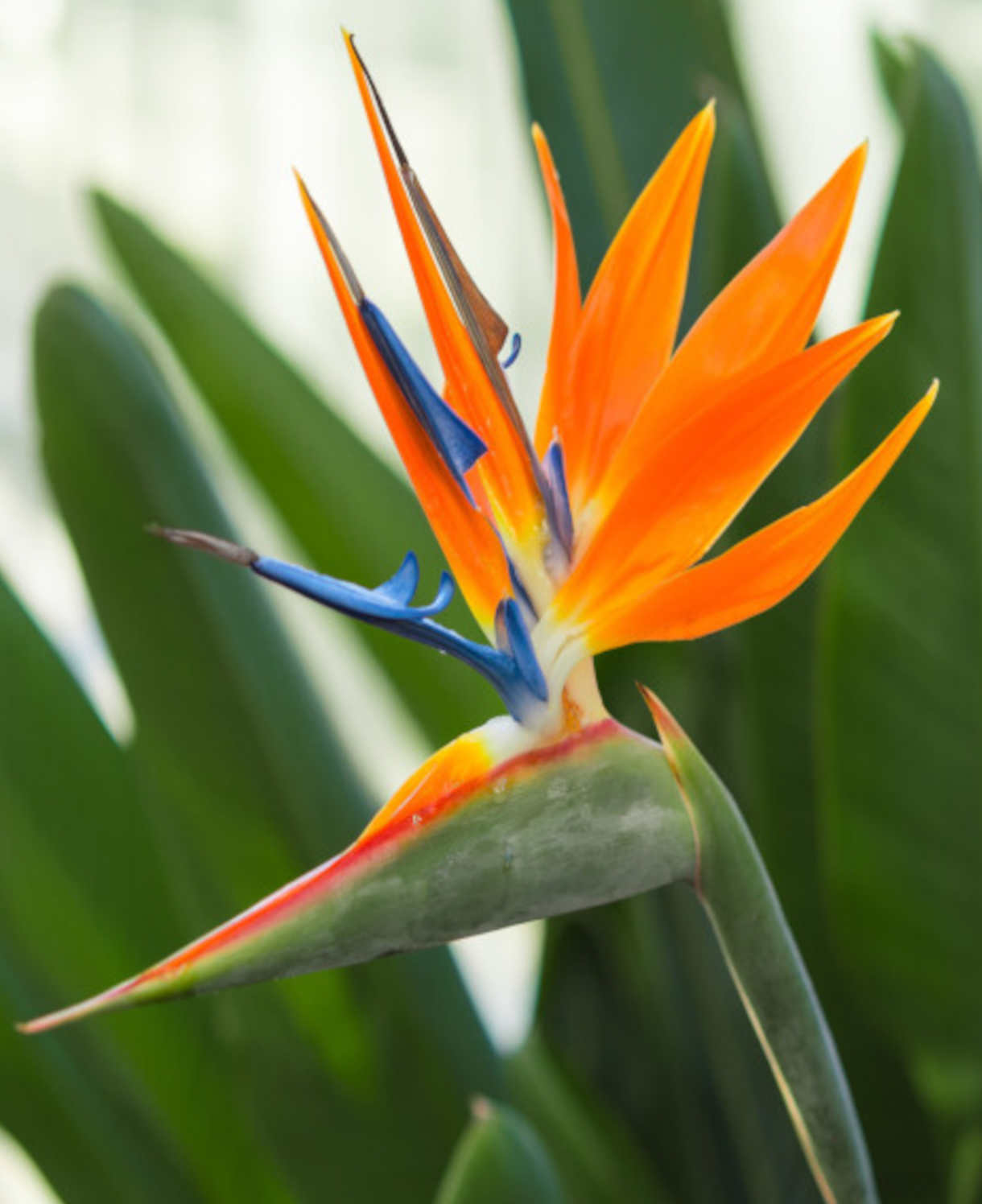
How to care for Trachycarpus Fortunei
Pruning & Deadheading
You can prune your windmill palm in spring. Doing so beforehand could make the plant more susceptible to damage. When pruning cut back any yellow fronds. You may also decide to remove the initial fruit blooms to prevent fruit from dropping all over the garden.
Watering
Water well whilst in growth and, if required, use a palm fertiliser. Water thoroughly and regularly for the best growth, ensuring that soil is well-draining
Cold Protection
As one of the hardier palms and one which is best-suited growth in the UK, Trachycarpus fortunei needs minimal cold protection. You should not water as frequently in the winter, you can leave the soil to dry for a few days before watering again.
Pests & Diseases
While there are no specific pests or diseases to look out for, Trachycarpus fortunei is susceptible to root rot. Make sure the soil your plant is placed in drains well as if you leave the plant in standing water, it could cause the roots to die due to a lack of oxygen.
How to propagate Trachycarpus Fortunei
The most effective way of propagating Trachycarpus is by seed. You can get seeds from your palm by removing some of the fruit from the tree and opening this (carefully) with a knife - inside you will find seeds!
Add your seeds to a bowl of lukewarm water and soak them for about 24 hours prior to planting - this will speed up the germination process
Grab a well-draining pot and add moist potting soil to it. Pat the soil to level it and add your seeds, leaving around 5cm of space between each. Gently cover the seeds with a thin layer of soil and press down gently
Seal your pot with a clear, polythene bag over the top to create a humid environment for growth. Add your pot to a position with plenty of warmth but out of direct sunlight. Water regularly and in 3-4 months, you should see signs of germination.
Common Trachycarpus Fortunei Questions
How do you take care of Trachycarpus fortunei?
You will need to grow Trachycarpus fortunei in a position with partial shade and sun – one that enjoys around 2-4 hours of sunlight per day. Trachycarpus fortunei can grow in a full sun position, but you may end up with a shorter plant if so. You will need to water your palm about 2-3 times a week while growing.
How hardy is Trachycarpus fortunei?
Trachycarpus fortunei is known as one of the hardiest palms, resisting conditions with frost, ice and even snow! In the UK, Trachycarpus fortunei has been known to resist conditions as low as -15°C.
Is Trachycarpus fortunei poisonous?
No, it is not poisonous to cats, dogs or humans. It does grow fruit, but it usually is not eaten. Trachycarpus fortune is used medicinally in some countries for clotting blood, but the fruits are not known to be particularly delicious.
